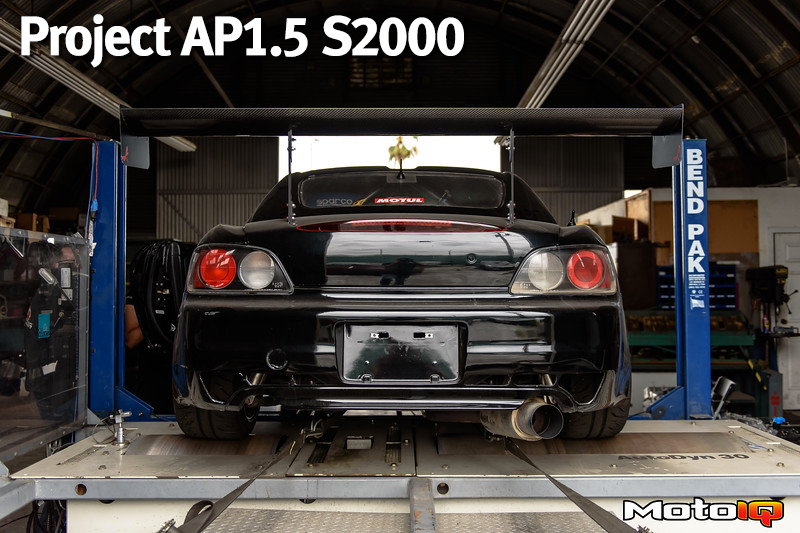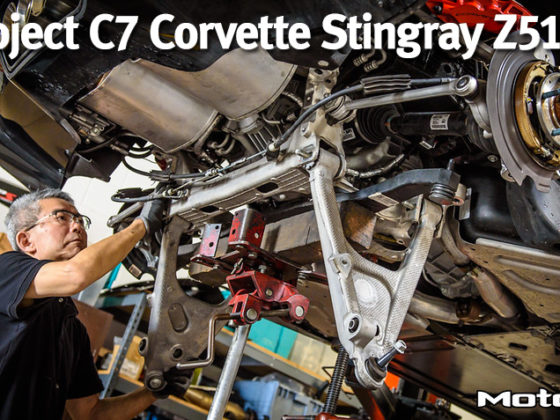,




Take the example of having a racecar that typically uses E85 for competition. Let's say that racecar is in a Time Attack event with a tough battle for first place. It keeps going back and forth between first and second place with the competition, forcing the need for a lot more fuel than anticipated- a likely event in general, and could potentially happen to this project car if we take that route. Many tracks (especially in Southern California) don't have E85 pumps. Rather than frantically asking the entire paddock for extra fuel, plan ahead and have a flex fuel or multi-fuel tune (with sensor) so that pump gas can be added in a pinch.
Take another example of an SCCA racecar that is detuned to stay legal in its class, but now the driver wants to use it to run a Time Attack event where it can make as much power as the owner can afford. With four separate ignition maps and four lambda target maps available, you can get creative.
Something else we will likely test in the future with this car is tuning for multiple boost control strategies. Believe it or not, having full boost at all times throughout the track isn't always ideal. Different levels of boost can be tuned according to things such as gear selection, wheel speed, or even switch based. Take it one step further, and a four-stage nitrous control will available in the near future for the Infinity. Mental note taken!
Click to the next page for the dyno graphs and analysis!



